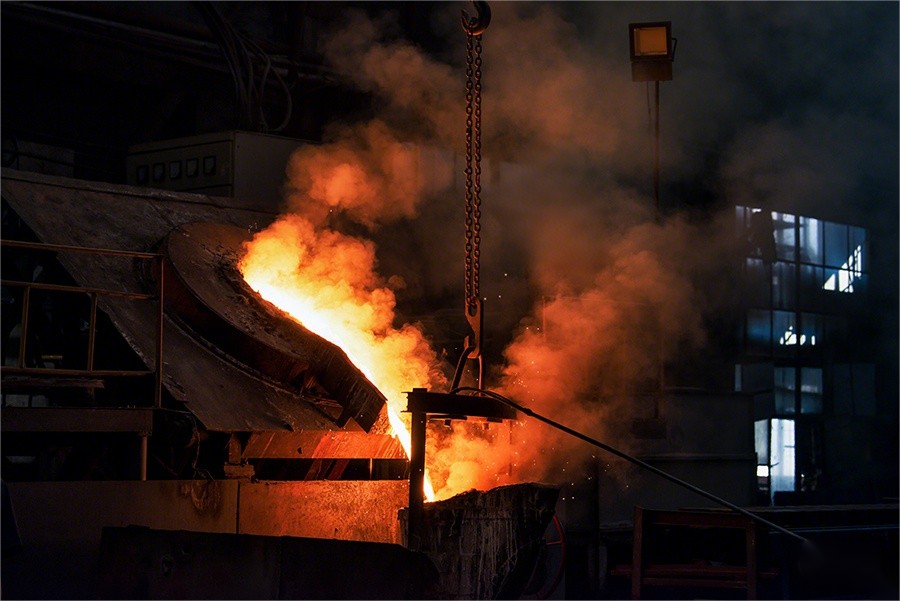1. Determination of molding method. There are three ways to produce light mullite bricks at home and abroad: foam method, additive burning method and gasification method. 2. Raw material requirements. A, foam polystyrene beads: the appearance is white, granular, uniform particle size, diameter 0, 5 - 2ram.
Molding method and raw material requirement of light mullite brick

b. Sawdust: fine sawdust is selected by 2nun sieve, which is easy to be formed because of its high workability and excessive addition. It is difficult to form, easy to expand after drying, and easy to deform when firing, resulting in low strength of the finished product.
Molding method and raw material requirement of light mullite brick
Formula three, formula four, formula five with foam polystyrene beads as burning additives, foam polystyrene beads do not absorb water, drying shrinkage is small, can not help transfer moisture, brick drying in the first drying process, the internal moisture can not run out in time, the surface is prone to micro cracks. When the body is sintered, the foam polystyrene beads form larger pores, but the surrounding materials are dense and dense. The structure is not structured (see photo), the lightweight mullite brick structure is A.D foam polystyrene beads are burnt B additives, as the burning additive formula six, formula seven, formula eight, formula nine, composite additives are used as burning additives.
Molding method and raw material requirement of light mullite brick
Sawdust can absorb water, help transfer water, easy to burn out, can prevent the brick from cracking, and can play the role of filling the bead space and reducing the density. Foam polystyrene beads have small drying shrinkage and low moisture content after molding. The drying deformation of products is small and the size of finished products is more accurate.
